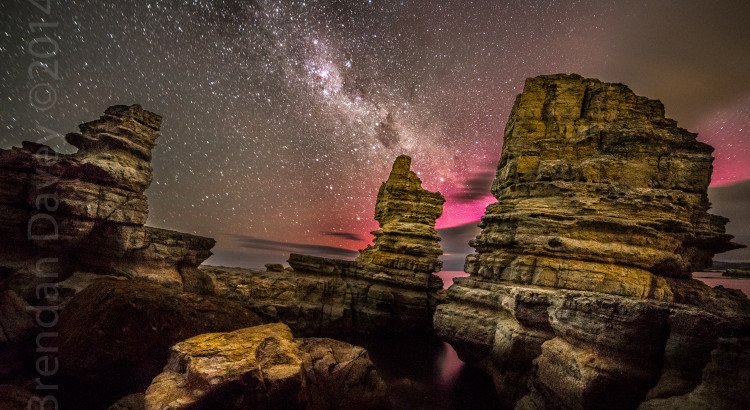I’m always in two minds when it comes to the fuji sensors. and like Olympus they seem to be doing noise reduction and low level sensor data manipulation even when it’s disabled in camera. It could be the “grain effects” that make Fuji unique, but it does make it hard to compare their sensors to other bodies.
Having said that the new X-T3 performs much better than the X-T2, even with a few more MP. At 1 and 30 seconds the sensor is much better than it’s predecessor. Noise does build up quicker with longer exposures and at five minutes the results are worse (noise mean), but with less standard deviation.

Compared it to the Nikon Z6, currently the leader for long exposure noise the X-T3 appears to do very well. However as mentioned above this in my mind only shows one thing, that Fuji are seriously processing the RAW data. Keep in mind that the X-T3 is a crop body, where as the Z6 is not.

When compared to a crop body like the Nikon D7500 you start to get an idea of what is going on:

Conclusion:
There is no doubt that the X-T3 is a big improvement on the previous model, the noise has been greatly reduced. However I am really not sure how this camera will perform in a real world low light situation. Either Fuji have a crop sensor that is performing better than any full frame sensor, or they are performing noise reduction. I think the latter is more likely, and how this impacts on some subject matter like stars I guess time will tell. Some real world astrophotography samples would be great to see.
If you would like to compare the X-T3 to more models, or learn more about the sensor database click here.
Again, a big thanks for Alex @Stallards in Hobart for access to the X-T3.
